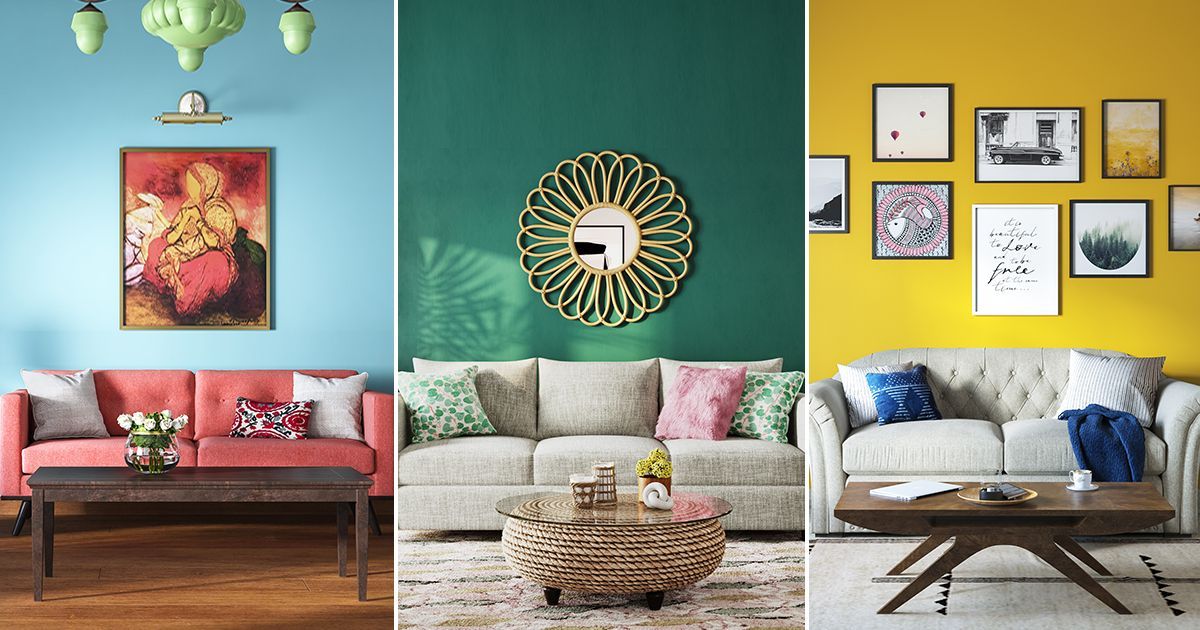Change Your Home With Important Principles of Interior Decoration and Looks
The art of changing your home with the important principles of interior decoration and aesthetics calls for a thoughtful approach that harmonizes color, equilibrium, and spatial recognition. By comprehending the impact of shade theory and the relevance of texture and patterns, one can develop spaces that are not just visually attractive but likewise deeply individual. Accomplishing this stability includes even more than mere design; it encompasses a calculated arrangement and a keen understanding of just how each element connects within an area. As we discover these foundational ideas, consider just how they might redefine your understanding of home and individual expression.
Comprehending Shade Concept
Recognizing the principles of shade theory allows developers to develop spaces that reverberate psychologically with passengers while satisfying functional requirements. Each group plays a critical duty in establishing harmony within a room.
The emotional impact of shades is extensive; warm shades such as reds and oranges stimulate energy and heat, while awesome tones like blues and greens advertise peace and serenity. The use of complementary shades improves aesthetic rate of interest, developing striking contrasts that can raise an area's charm.
Neutral shades, on the other hand, act as a flexible background, enabling various other design components to radiate. It is vital to take into consideration elements such as lighting and the space's purpose when picking a color combination, as these can modify the assumption of shades throughout the day.
Inevitably, a well-considered color design can transform an area, fostering a sense of convenience and style that lines up with the residents' choices. Proficiency of color concept is, for that reason, an essential skill for any type of interior developer intending to create harmonious and inviting atmospheres.
Attaining Equilibrium in Layout
Just how can developers attain a feeling of stability in their spaces? Attaining equilibrium in layout is basic to developing harmonious interiors.
Unbalanced equilibrium, on the other hand, relies on differing elements that still attain a natural appearance. This technique enables more vibrant and casual plans, offering interest while keeping stability. By very carefully choosing differing sizes, colors, and appearances, designers can create an aesthetically compelling room that really feels well balanced yet energised.
Radial balance stresses a central prime focus with aspects radiating exterior. This style is commonly seen in round layouts, where furnishings and decor develop a cohesive border that draws the eye internal.
Ultimately, accomplishing balance needs thoughtful factor to consider of scale, percentage, and the connections in between elements. miami interior design. By masterfully using these balance concepts, designers can change areas into atmospheres that feel both aesthetically pleasing and functionally harmonious, boosting the overall experience for owners
Significance of Spatial Recognition

An eager feeling of spatial recognition permits developers to recognize centerpieces within a room, directing the audience's interest to crucial functions while preserving an overall sense of unity. It also aids in the tactical placement of lighting, which can dramatically affect the assumption of space and mood. Moreover, recognizing spatial connections allows the designer to accommodate the details requirements of residents, guaranteeing that each area offers its designated function without compromising aesthetic appeals.
Ultimately, spatial recognition is vital for making the most of the possibility of any indoor area. By meticulously thinking about the interplay between measurements, design, and function, designers can produce environments that not just satisfy sensible demands yet additionally stimulate a sense of comfort and elegance, improving the general living experience.
Integrating Structure and Patterns
Welcoming a diverse variety of appearances and patterns can considerably boost the aesthetic and responsive appeal of an indoor room. The critical use various products-- such as timber, steel, fabric, and stone-- produces deepness and interest, making a room really feel extra inviting and dynamic. Combining smooth surfaces with rough appearances can establish a balance that draws the navigate here eye and engages the senses.
When integrating patterns, think about both range and rep. Huge patterns can function as focal points, while smaller, subtle designs can complement other elements without overwhelming the space. Layering patterns, such as pairing floral cushions with striped tosses, includes intricacy and a feeling of consistency if carried out attentively.
It is likewise important to maintain a natural color palette, ensuring that appearances and patterns collaborate instead than contend for focus. By choosing a few vital structures and patterns, you can create a merged aesthetic that mirrors your individual style while boosting the general setting of the space. Inevitably, the cautious unification of these aspects can change a mundane area into an advanced setting rich with character and heat.
Individualizing Your Room
Developing an area that shows your character is crucial to achieving an absolutely welcoming atmosphere. Customization in interior decoration allows you to infuse your one-of-a-kind style and rate of interests right into your home, changing it from a mere shelter into a refuge that speaks to who you are. Begin by choosing a shade palette that resonates with your emotions-- strong hues can energize, while soft tones use tranquility.
Integrate art work and decor that reflect your interests, whether it be traveling, nature, or abstract principles. Showing individual collections, such as publications, pictures, or souvenirs, can stimulate cherished memories and create prime focus within a space. Furthermore, take into consideration tailoring useful items, like upholstered furnishings, to straighten with your visual choices.

Verdict
To conclude, the makeover of a home with the vital principles of indoor design and visual appeal demands a detailed understanding of color theory, equilibrium, spatial understanding, appearance, and personalization. Each component contributes dramatically to producing an unified and functional living atmosphere - miami interior design. By thoughtfully incorporating these principles, people can enhance the visual allure and emotional vibration of their areas, ultimately promoting a home that reflects unique identities while supplying comfort and practicality